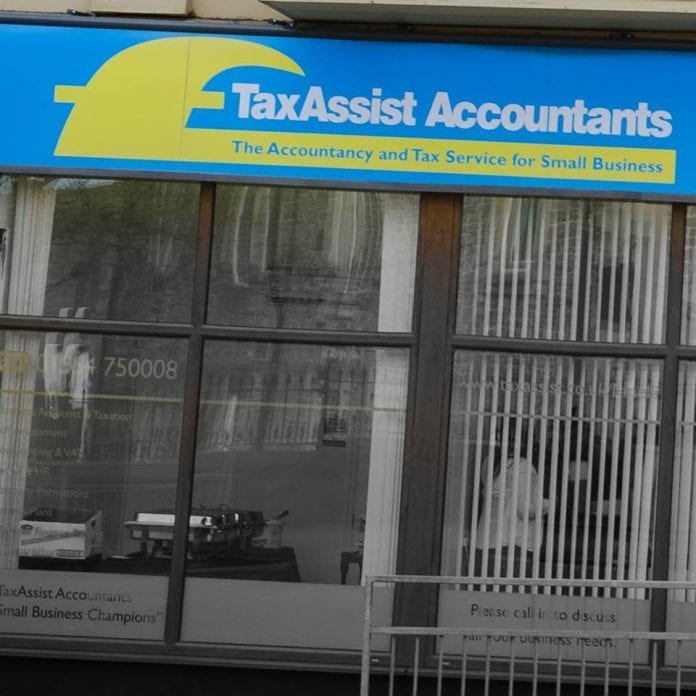By Tax Assist Llanelli’s Roger Bowen
We at TaxAssist have been working hard to try and make sense of each of the government announcements.
Below is a summary of the latest with observations and unanswered questions that need clarifying asap.
Coronavirus Job Retention Scheme
All UK employers will be able to access support to continue paying part of their employees’ salary for employees who would otherwise have been laid off during the COVID-19 crisis.
All UK businesses are eligible to access the scheme.
To do so they will need to:
Designate affected employees as ‘furloughed’* workers and notify employees of this change.
Submit information to HMRC about the employees that have been furloughed and their earnings through a new online portal. HMRC will set out further details of how this will work in due course.
* The Government’s term for those employees that are not able to work. We will be seeking further information as to who qualifies as furloughed e.g. on call staff, staff working in some capacity but on reduced productivity, etc.
HMRC will reimburse 80% of furloughed workers wage costs, up to a cap of £2,500 per month and they are urgently working on a system to support this.
Employers will be able to top up salaries if they choose to.
The scheme will cover the cost of wages backdated to 1st March 2020 and will initially run for 3 months, but will be extended by the Government if they consider this necessary. Initial views suggest that the scheme will also apply to employers who have had to lay off workers already as a result of the crisis, as long as those workers are reinstated and designated as furloughed.
This announcement has been seen by many as a ‘landmark’ moment, with unprecedented levels of funding being made available, but it does raise a number of questions and possible planning needs:
It will take some time to establish the online portal and reimbursement systems. The Chancellor suggested in his announcement that HMRC are aiming to get it done before the end of April. This will leave many businesses with a funding ‘gap’ until monies start flowing.
The Coronavirus Business Interruption Loan Scheme (see below) is about to start supporting businesses. This should help, but how long will it take to process and provide loans funding? Will short term funding be available, pending receipt of monies under this scheme?
As above, what does being ‘furloughed’ actually mean? Many workers will be less productive than before, but will still be working for the business in some way, perhaps from home in the current climate. Can they be covered by the scheme? On the basis ‘furloughed’ means to give permission for someone to be absent temporarily from work, we need to keep an eye on the exact government definitions.
It doesn’t help the huge number of self employed workers in the UK. Separate measures have been introduced to support via the benefits system (see below).
What should typical small companies with owner shareholders/directors do? The directors are likely to have been remunerated through a combination of salary and dividend. Will they be able to look at the total amount extracted from the company when working out eligibility for the scheme, or just the salary element? This could have a significant impact on the amount they can claim.
Will contractors operating through personal service companies be able to refer to the income through their contracts, rather than the amounts they extract through their companies?
Those working through unincorporated structures (sole trade, partnerships, etc) will not be paying a salary, so won’t be able to claim other than as self employed. If they were to incorporate and become employed, would this mean they were then eligible for the scheme? Initial feedback we have seen suggests that incorporations are being controlled to stop this possible planning approach.
How will payments work alongside existing payroll systems? Will amounts need to be processed through PAYE systems, or will they simply cover any top up the employer should choose to pay?
What interaction will there be with auto-enrolment?
Will the amounts received through the scheme be subject to tax in the future if not processed through a PAYE scheme? Would this trigger a future need for self assessment for those eligible for the scheme?
How will this fit with employment law and existing employment contracts in place?
How will Zero Hour contracts be dealt with?
Will employers ‘top up’ above the £2,500/£3,125 level?
How will agency and umbrella workers be dealt with?
Impact on 2020/21 director remuneration planning?
So a significant number of questions with very few details available at the moment. We will continue to provide updates when more information is released and will try to answer some of the above.
Visit https://www.taxassist.co.uk/accountants/llanelli/
Help keep news FREE for our readers
Supporting your local community newspaper/online news outlet is crucial now more than ever. If you believe in independent journalism, then consider making a valuable contribution by making a one-time or monthly donation. We operate in rural areas where providing unbiased news can be challenging. Read More About Supporting The West Wales Chronicle



















